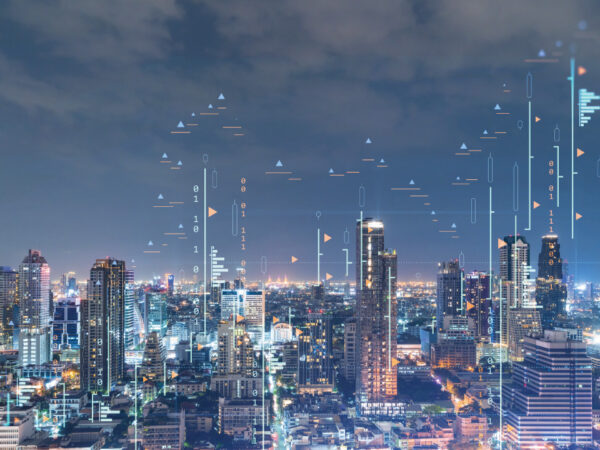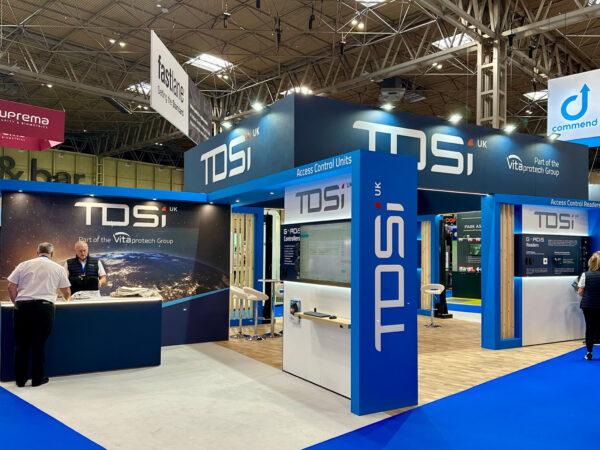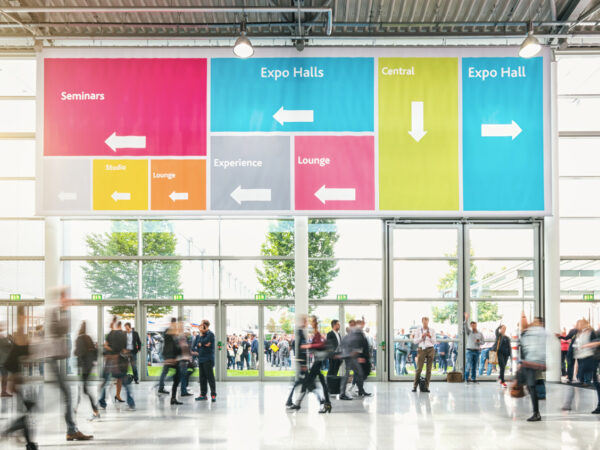
Architecture and design can be quite subjective. Whether you like a classic period style or ultra-modern design, opinions can vary greatly. However, from a security point of view, good design of a facility or building is much easier to decide. In fact, a well-designed project can make a huge difference in the scope and cost of any security installation and ongoing operations.
Thinking Ahead
Consider the average workplace. Historically the design of an office, factory, or logistics hub would purely revolve around the needs of the business. Getting deliveries in and out and moving staff around the facility to where they are needed are the obvious considerations. However, this doesn’t always equate to maintaining safety and security.
In an age where professionally organised crime and global terrorism are a reality, all secure facilities need to think a bit smarter. Security professionals can add layer upon layer of additional security systems, but it really helps to have a well-thought-out design in place to start with.
The First Line of Defence
Think about the outside of the facility to start with. A good perimeter fence/wall is a great start. This puts off opportunist criminals and ensures organised threats can’t simply approach the main buildings unhindered. How about having the centre of the facility at a higher elevation? It certainly worked for historical castles and the principles are just the same (although a moat is optional!). It still makes sense to ensure unauthorised access is difficult and unattractive.
If you can secure and monitor the perimeter it’s far easier to protect more vital parts of the premises. You also need to secure vehicular access to the site wherever possible. Cars, vans, and trucks make for dangerous weapons in a ram-raid, so stopping them for proper checks (including ANPR) at the outer gate makes a lot of sense.
Creative Landscaping
Once inside the secure compound area it is also highly beneficial to use natural (or created) landscaping features to full effect. Using earth banks and concrete curbing makes it difficult for vehicles to leave set roads and pathways. Buildings and street furniture will ensure you control access points and can create checkpoints at strategic places. This provides the security teams and systems more flexibility in dealing with potential threats.
Internal Security
Once inside the main buildings, good architecture continues to go a long way towards securing the safety of people and property. If it is a large capacity building (or likely to have a heavy footfall of visitors) it’s wise to ensure entrances can cope with crowds whilst ensuring secure access control is maintained efficiently.
Using people counters and other surveillance systems, it’s possible to automatically manage access points or control environmental and lighting systems to best effect (weighing up energy consumption with the needs of people using the facility.) In high-security areas, the geography of the facility can be used to ensure the security team has full visibility (avoiding blind spots for example).
Modern prisons are a good example of facilities that have been built with careful consideration of security, but there’s no reason why more pleasant surroundings can’t do the same! However, it’s important to realise that this level of good security design needs to start at the very start of planning.
Involvement from the Beginning
Modern buildings often have many different teams involved at the early stages – fire experts, local planning teams, environmental experts, etc., so it makes perfect sense to ensure security professionals are part of the process too.
You could spend a fortune trying to secure existing architecture at a facility, but ideally, it needs to have safety and security built-in. Naturally, you can adapt older buildings, in fact, it is something that security specifiers and installers excel at. But if you are starting with a blank sheet of paper, why not get the security experts involved at the very beginning to ensure it is an integrated part of the mix at the end.
Other News
News 25/07/2024
Reliable Access Control for Reassurance in Turbulent Times
It’s fair to say that 2024 has continued the 2020s trend of global instability and uncertainty. Ironically though, the Integrated Access Control and Security sector…
Read moreNews 04/06/2024
The Rise and Rise of The Security Event
It’s incredible to think that we are almost halfway through 2024. One of the highlights for the security sector so far this year has been…
Read moreNews 23/04/2024
Making the Most of a Show
The Security Event 2024 is taking place from 30th April to 2nd May, so all eyes will be on the NEC Birmingham as a showcase…
Read more

